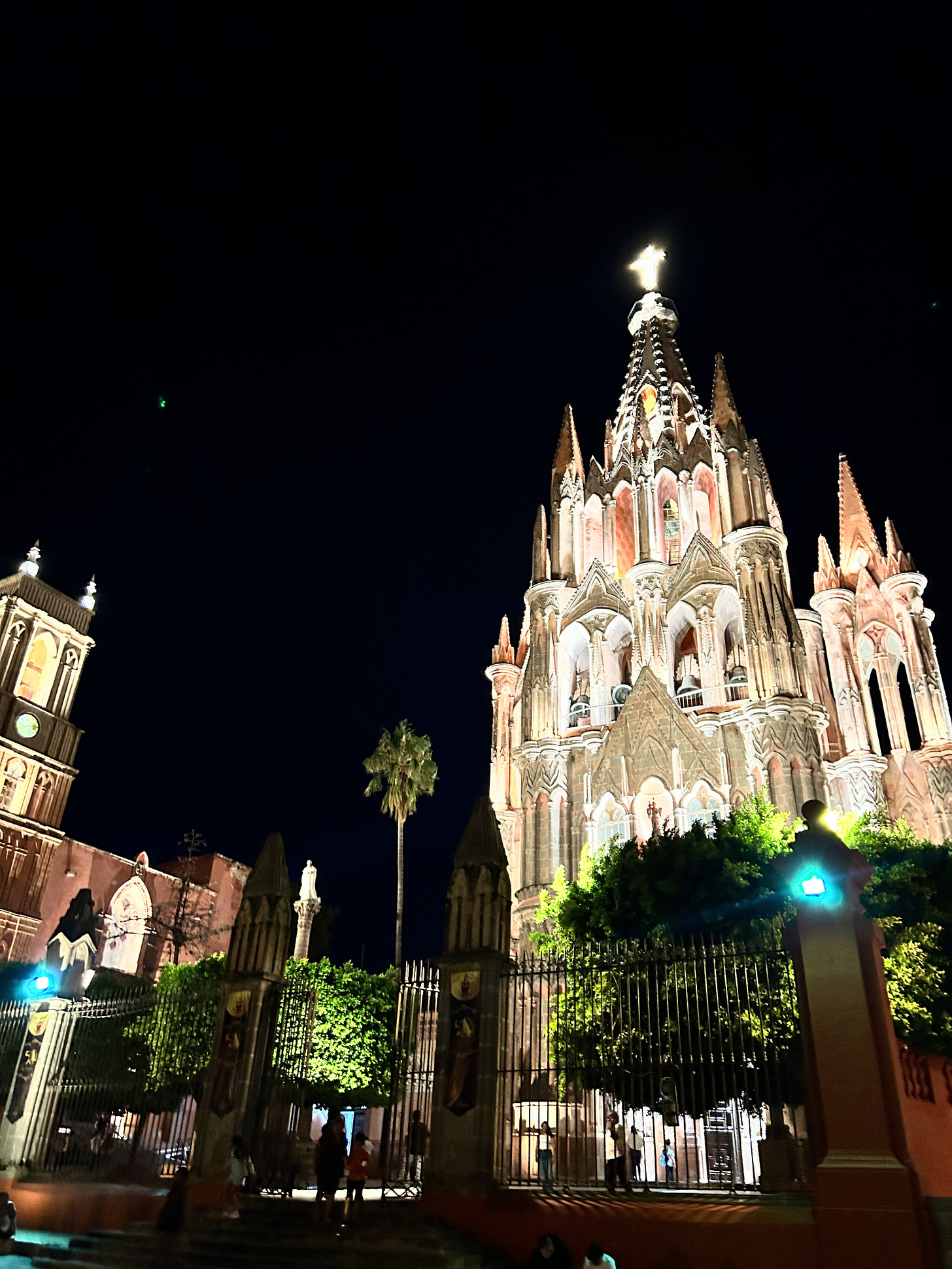How a cotton factory (and the G.I. Bill) forever changed San Miguel de Allende
Weaving together a story about how this once crumbling Mexican town came to be an international arts destination — and home to all those expats.
San Miguel de Allende is a magnet for artists — and expats — and I’ve always wanted to know why.
For my birthday earlier this month, I spent a few days doing nothing on a beach in Sayulita, a small Pacific Coast beach town north of Puerto Vallarta that is known for its laid-back vibe and fresh ceviche.
But when I got to San Miguel de Allende to visit a friend who is living there while taking a six-week Spanish course, I remembered why I really love to travel: to immerse myself in the history and culture of a place that’s brimming with life.
I was only there for about 36 hours, but it was enough time for me to understand why so many expats and tourists flock there. But how did San Miguel develop into this art and design mecca in the first place?

To get a crash course in the city’s history, we took a food tour with Taste of San Miguel, where we learned why the neo-Gothic pink parish looks so different from most of the other churches in Mexico, what role SMA (as it is known to locals) played in the Mexican War of Independence, and how all that tourism attracts immigrants from all over the world looking for working visas at the restaurants and hotels.
Originally founded in 1542 as a stop on the silver trail, the town fell on hard times after the mines were depleted and then again after the country's years-long fight for independence.
Only about 7,000 people lived there at the turn of the 20th century — less than a quarter of its population in the mid-1700s.
But why did the fortunes of San Miguel change?
It was a trip to the Fabrica La Aurora where all the pieces of the puzzle came together.
Keep reading with a 7-day free trial
Subscribe to The Feminist Kitchen to keep reading this post and get 7 days of free access to the full post archives.



